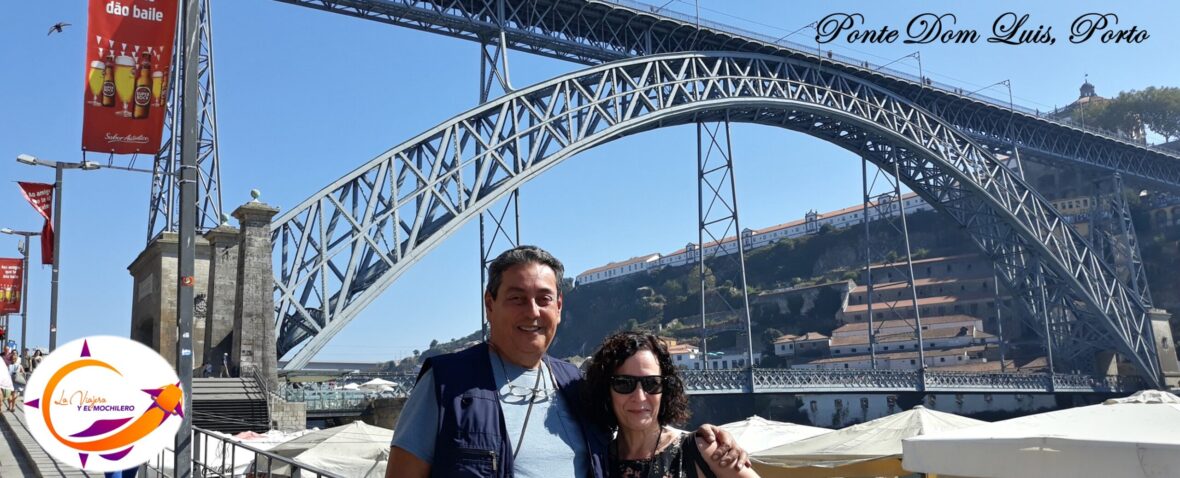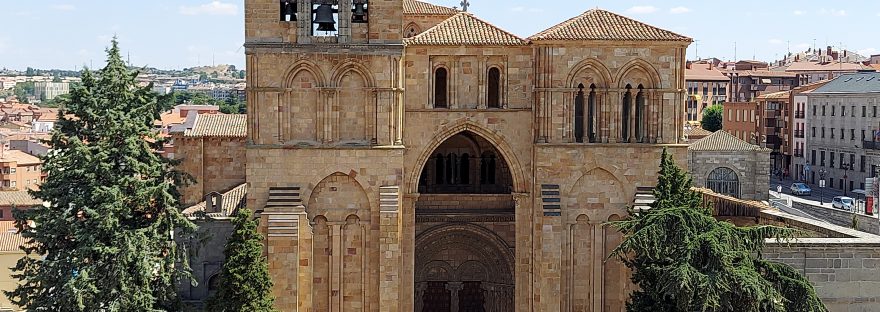During our stroll above the walls of Avila, we could see from different angles, a very unique temple, both due to its proportions and its architecture, this was the Basilica of Saint Vicent.
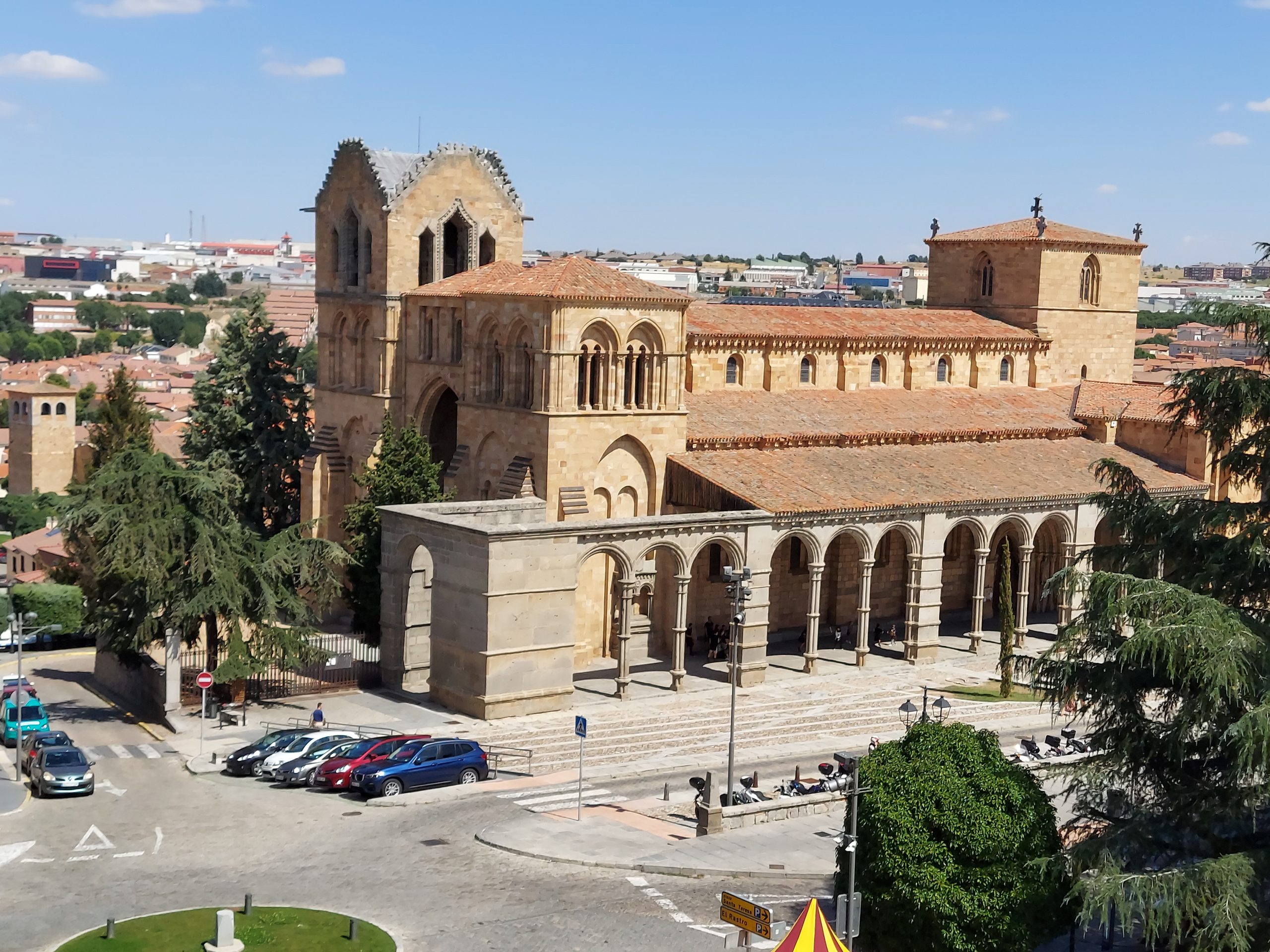
The Basilica of the Holy Martyr Brothers, “Vicente, Sabina and Cristeta”, popularly known as the Basilica of Saint Vicent, is the largest and most important temple in Avila after the Cathedral of the Savior and one of the most outstanding works of the Romanesque style in Spain.
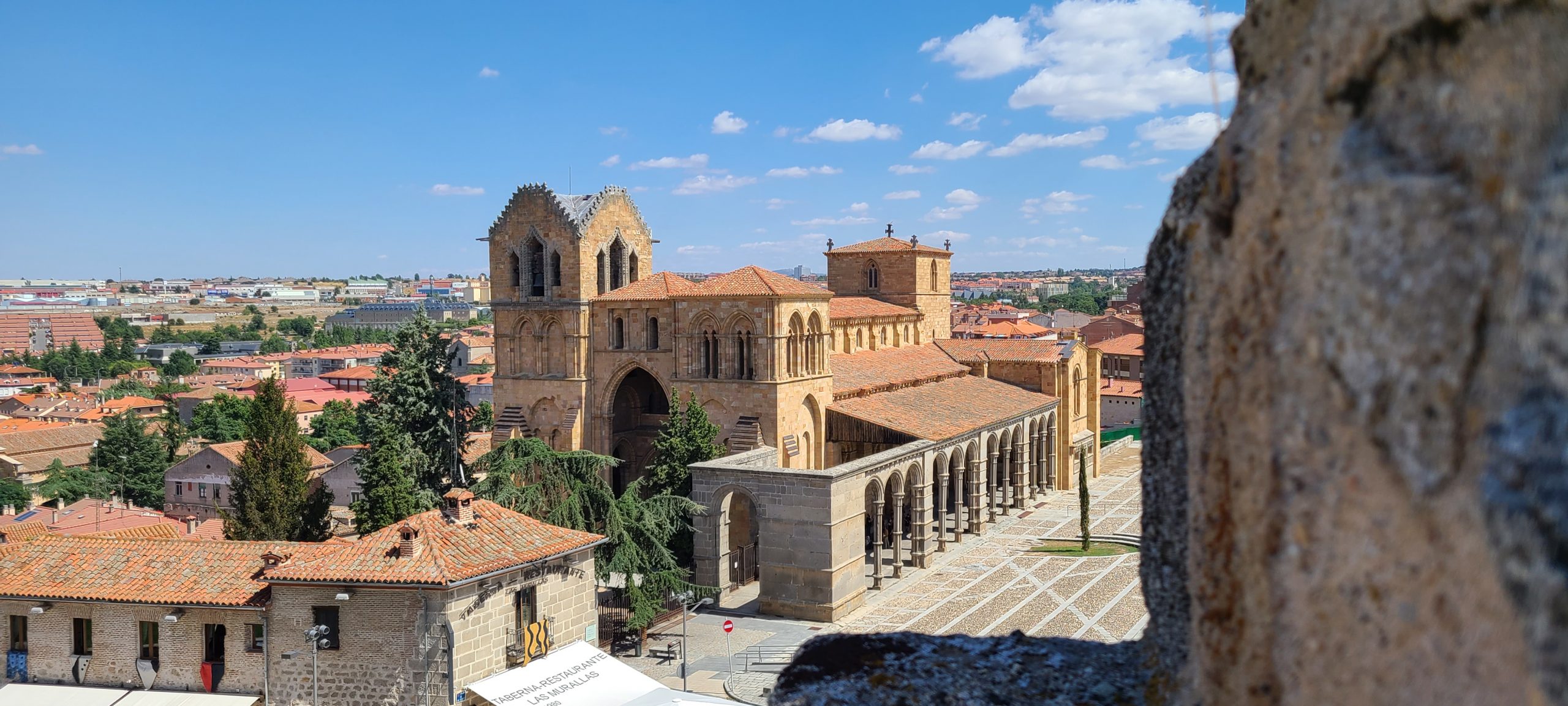
The Basilica of Saint Vicent was declared a National Monument in 1882 and a World Heritage Site in 1985, as an individual element of the Old City of Avila and churches outside the walls.
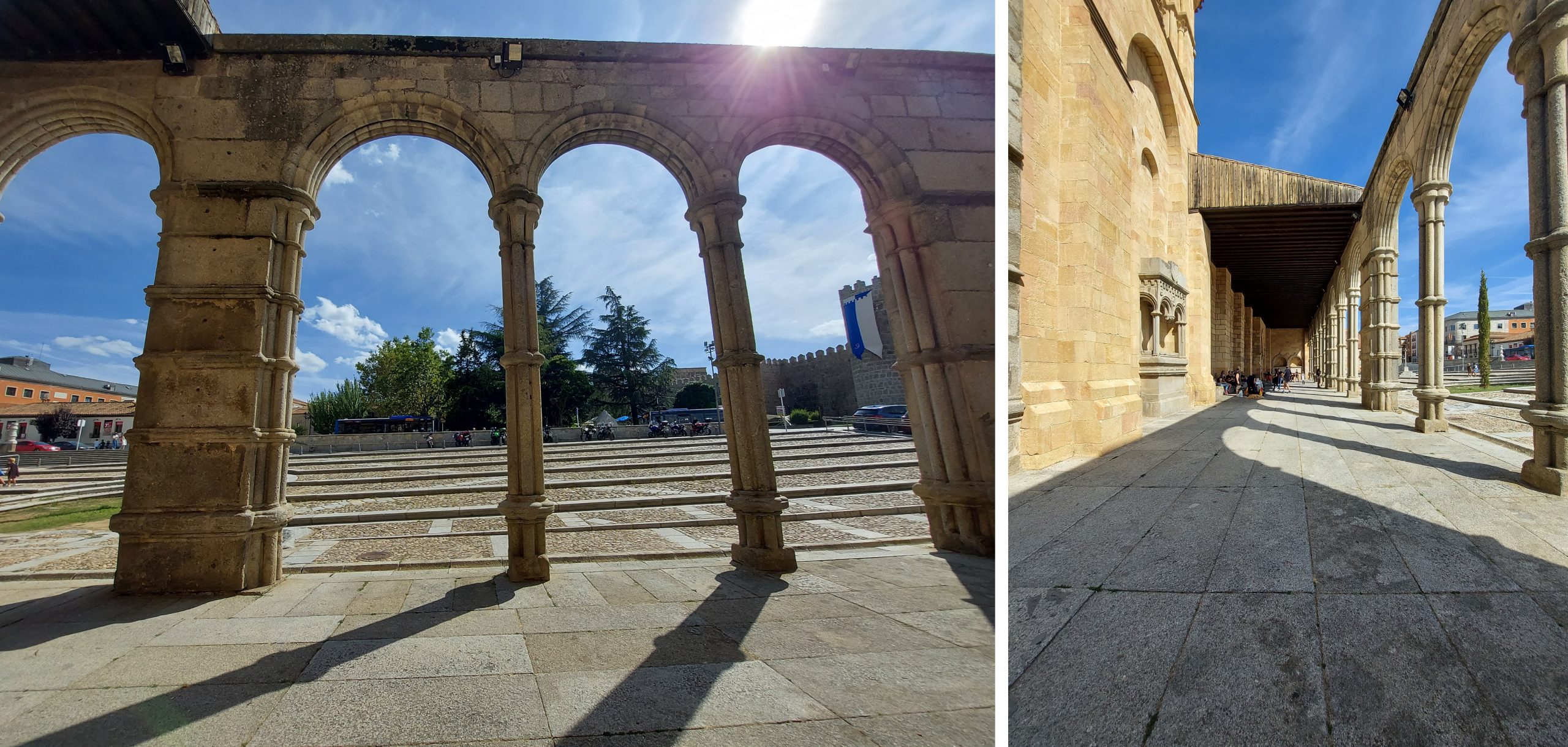
The story goes that in the year 306, during the persecution of Diocletian, and by order of the praetor Daciano, the brothers Vicente, Sabina and Cristeta from Avila, suffered martyrdom for refusing to sign a document in which they had to recognize that they had offered sacrifices to the Roman gods. The legend says that it was a Jew responsible for their death, repentant and decided to build a temple to bury them, this from a passage that appears on a relief of the cenotaph.
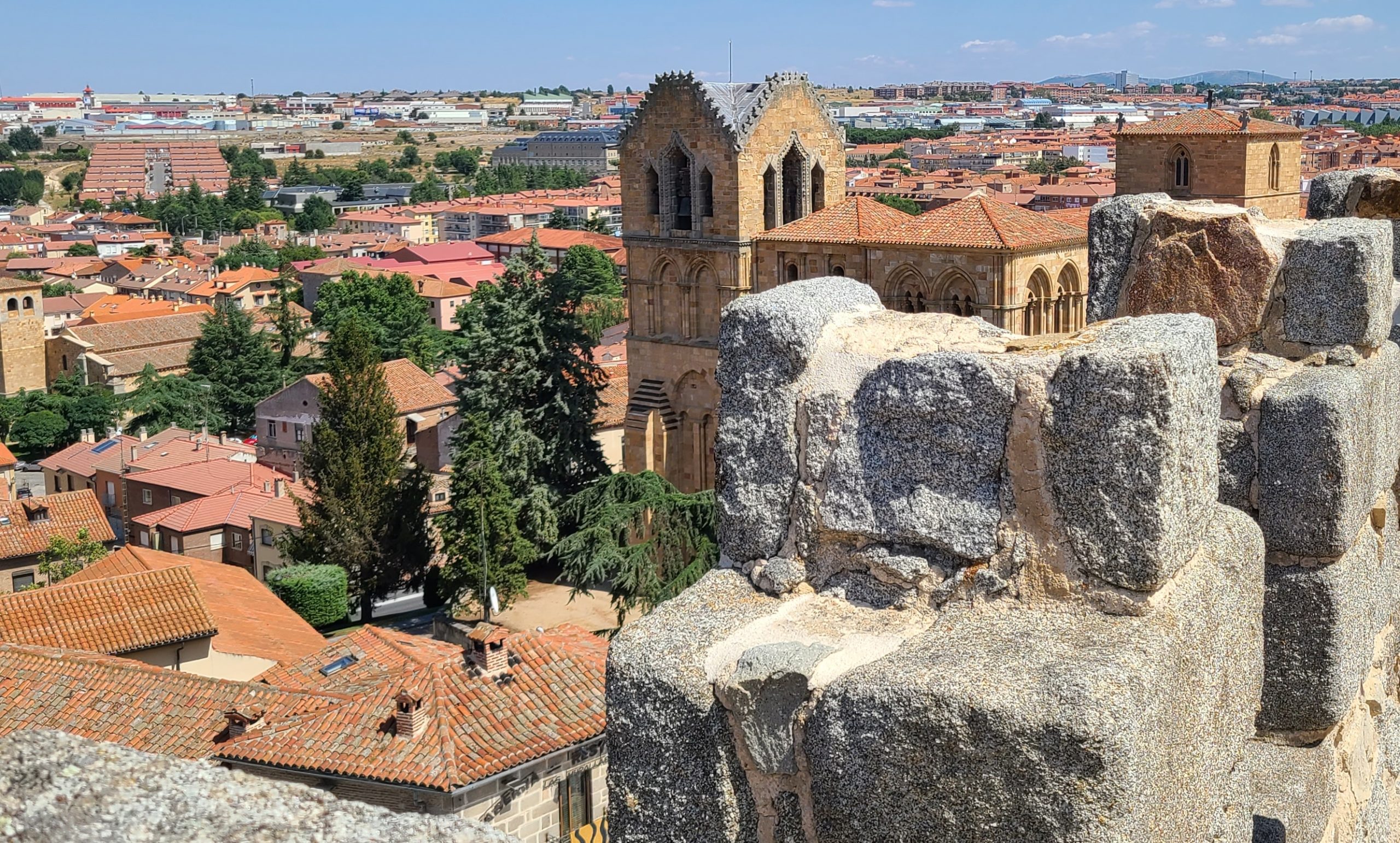
Over the course of time, the bodies of the martyrs were transferred on many occasions to other temples. It is indicated that since the year 1062, King Ferdinand I of Leon and Castile ordered that the remains be transferred to the monastery of San Pedro de Arlanza, in Burgos, until 1175, with the advance of the Reconquest and the displacement of the border to the south, the bodies returned to their original burial place. By that time the construction of the current temple had already begun, around the year 1130. It was after 1830 that the remains were finally deposited in urns placed in the High Altar of the Basilica of San Vicente.
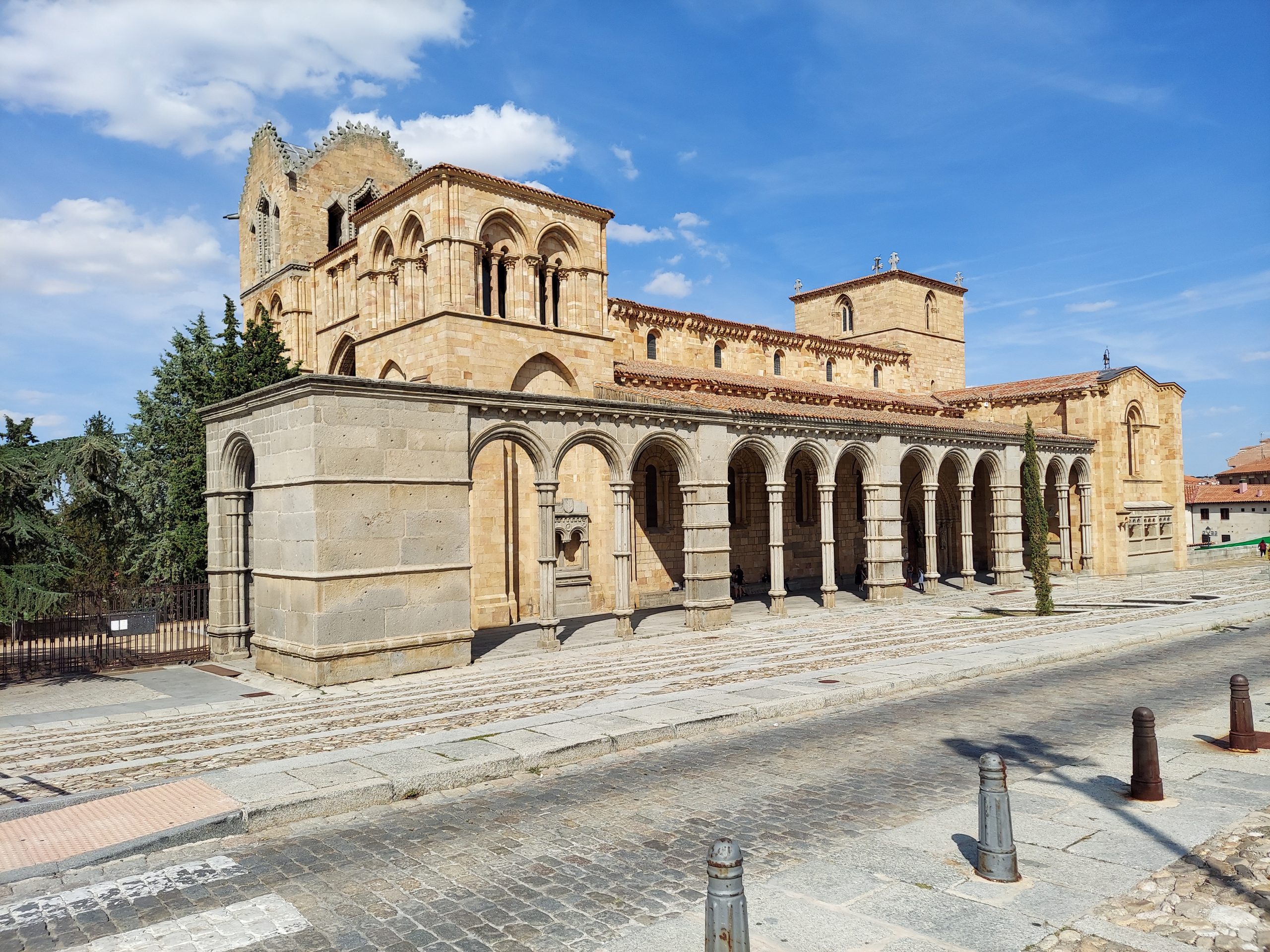
In spite of the reforms that the Basilica of Saint Vicent has been subject to through the ages, the architects who have intervened, have done it respecting the original forms of the temple.
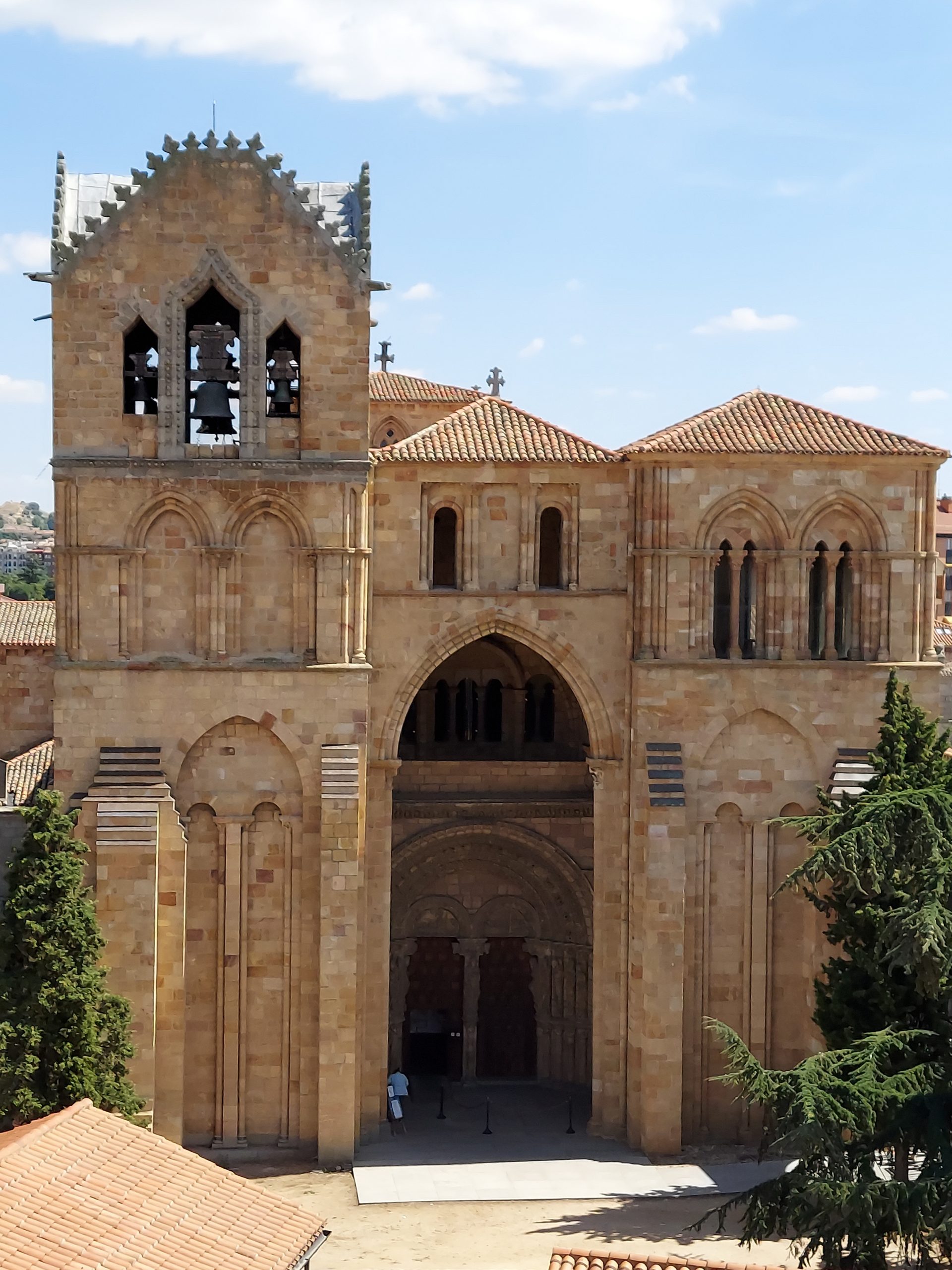
The material used for the construction of the Basilica of Saint Vicent is the “caleña stone”, a sandstone of yellowish and orange tones with even reddish veins due to its iron oxide content.
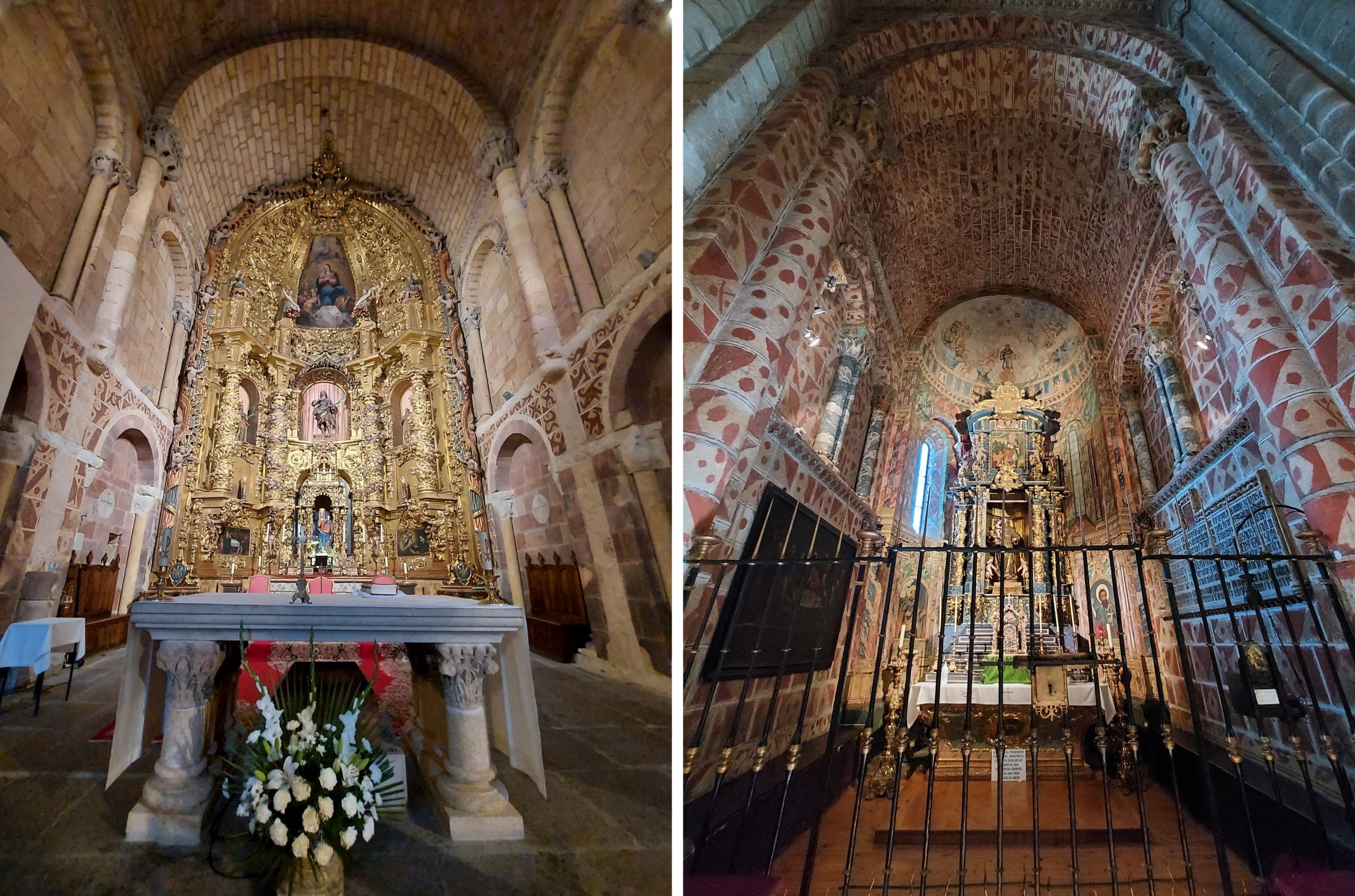
In some areas, such as the High Altar and the south apse, a variety particularly rich in reddish shades, called “bleeding sandstone”, was used.
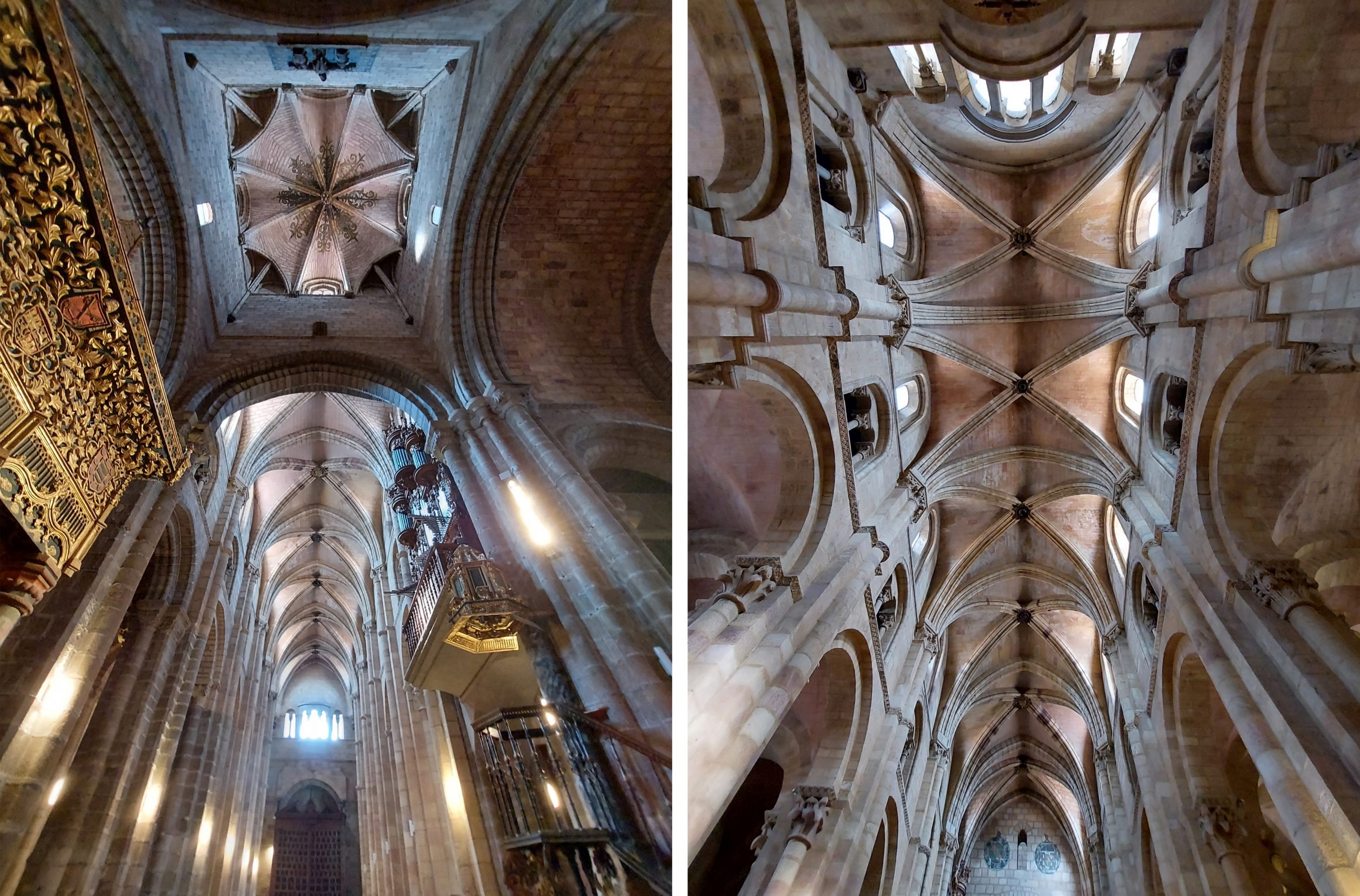
The plan is of Latin cross, with three naves topped by semicircular apses and another very elongated transept, dome, atrium, two unfinished towers and crypt. The pillars are of Greek cross on cylindrical base. The naves are covered with ribbed vaults, the tribunes rest on the lateral naves, of openings or hollows divided in two parts of the surface. The apses have barrel vaults. The oldest parts are the tri apsidal chevet (three apses) and the transept (nave or corridor that crosses orthogonally to a larger one).
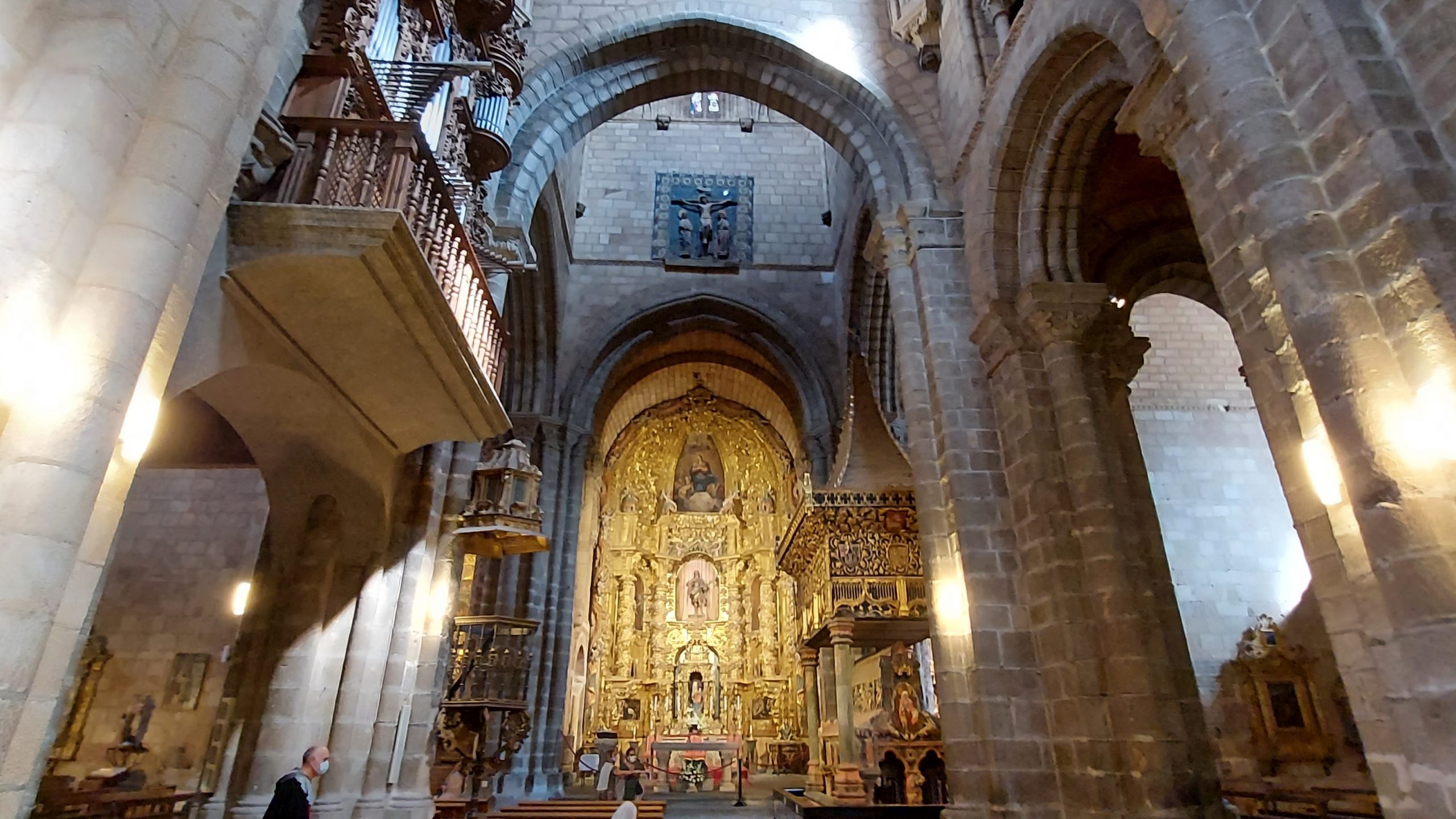
The main altar is not the original one, but a baroque one of gilded wood with Solomonic columns, with the figure of Saint Vicent in the center and those of his sisters to the sides. The ornate gilt ornamentation, so ornate, so baroque, is further enhanced by the simplicity of the interior of the church in structural terms.
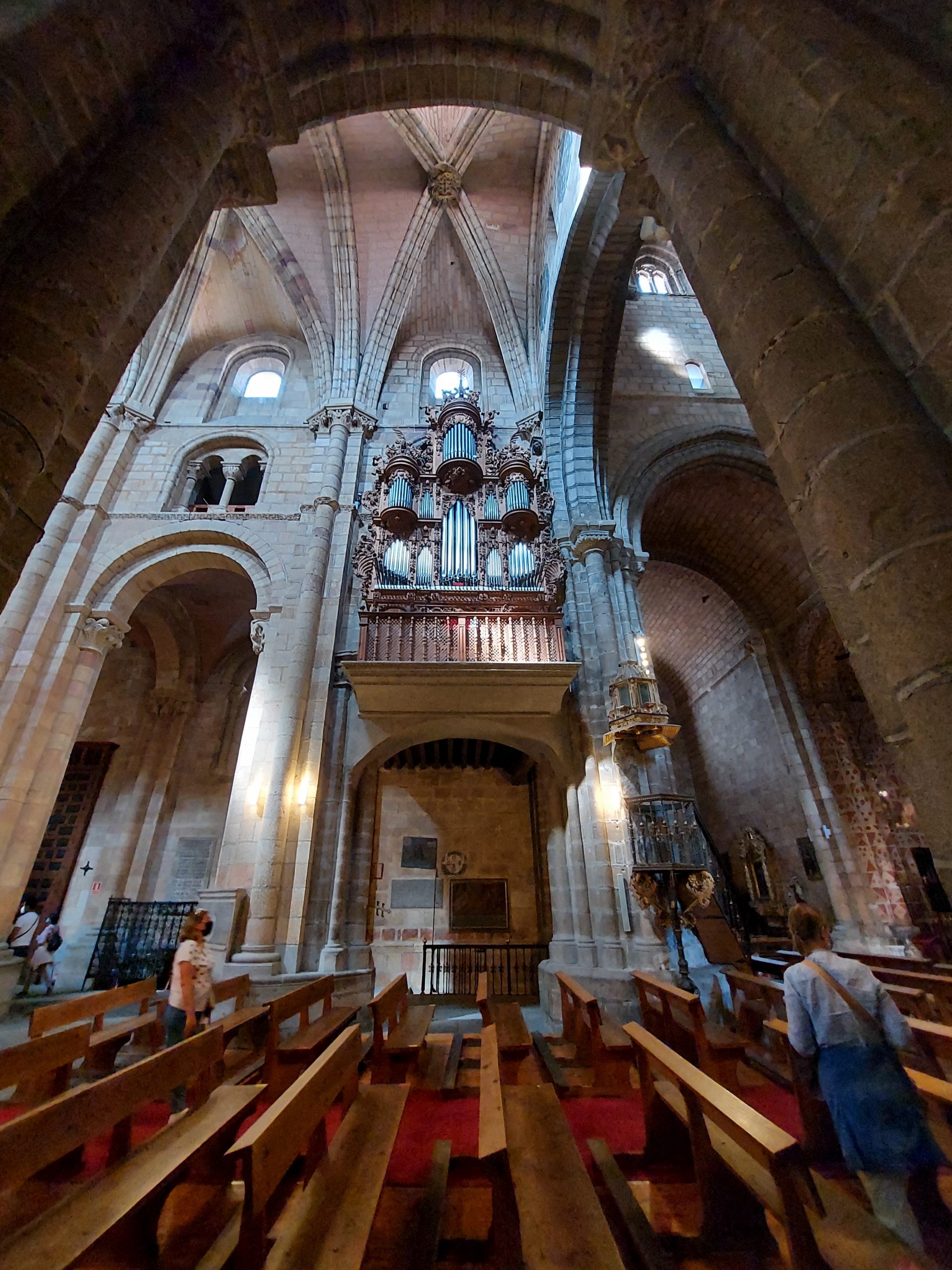
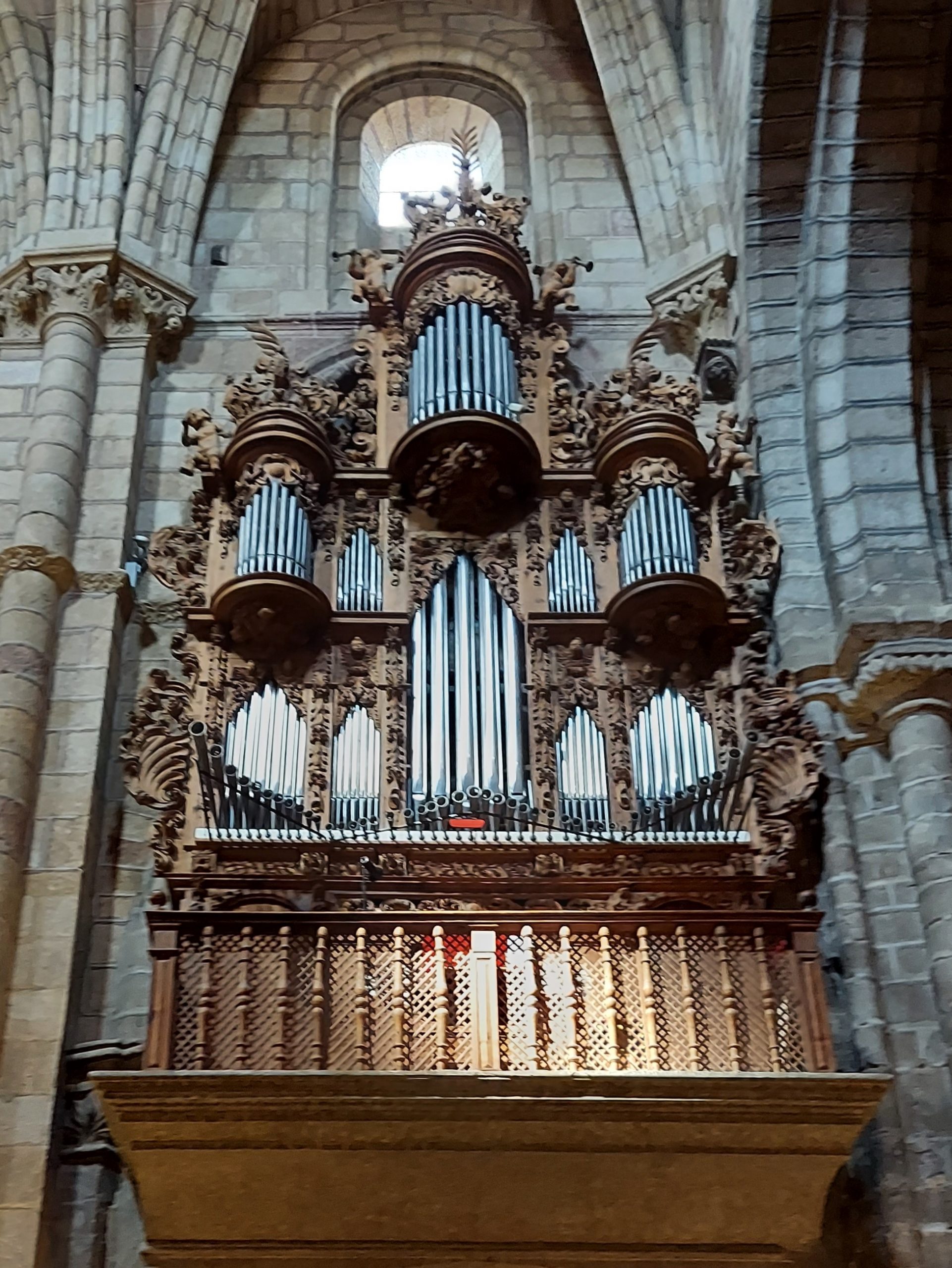
The grille of the Basilica of Saint Vicent is considered to be the most outstanding of its style in Avila. It is currently located next to the descent to the crypt. On the south side of the transept (which is usually located between the presbytery or choir and the nave, being the separating element) is the tomb of Saint Peter of “Barco”, in Renaissance style. It has only one organ, of baroque style.
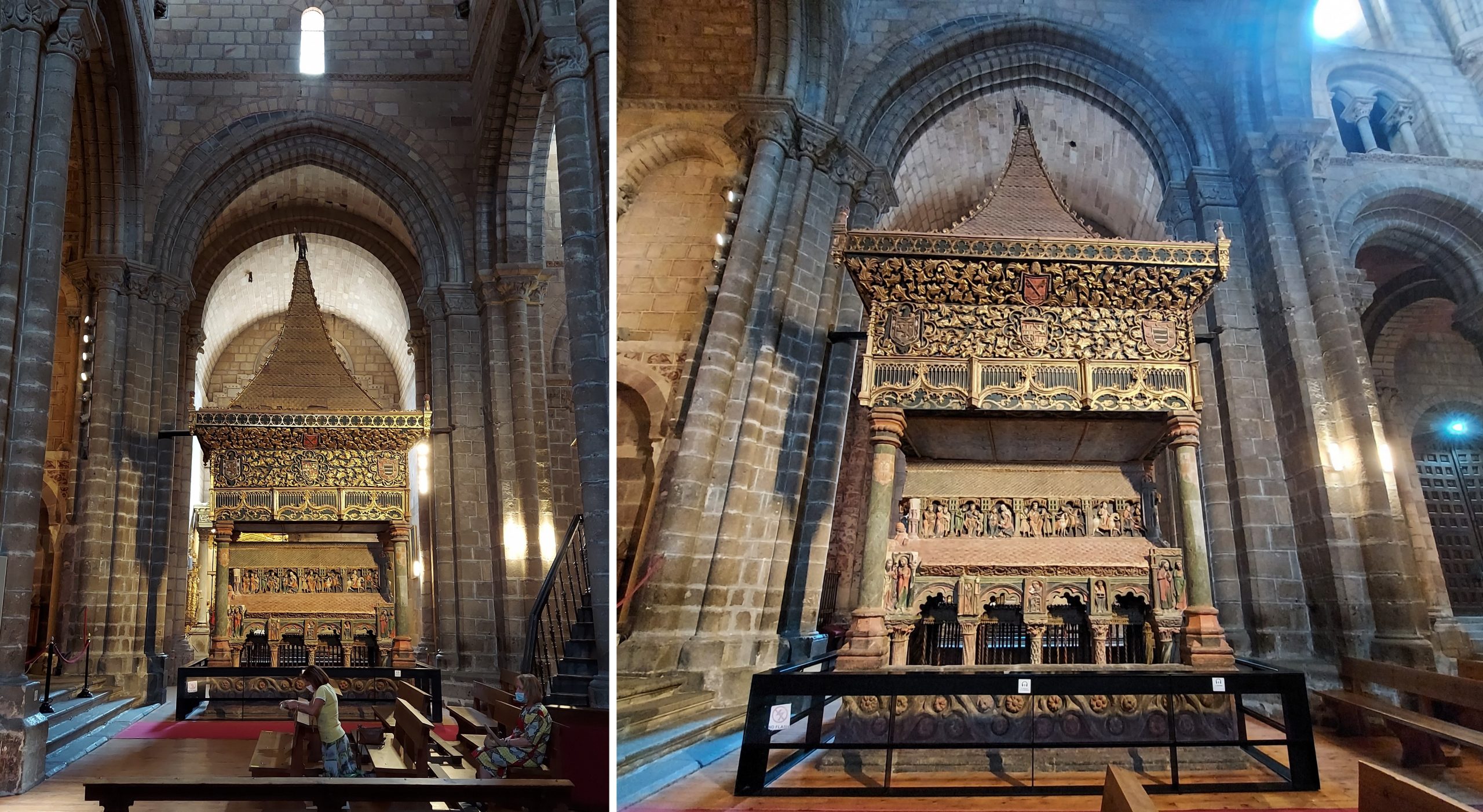
But the most outstanding element of the interior of the basilica is undoubtedly the Cenotaph (it does not house the remains, which as indicated are in urns on the main altar, but is a funerary memorial) of the saints, Vincent, Sabina and Cristeta. Made of polychrome stone, it is one of the most outstanding works of Romanesque sculpture in Spain, and is in a magnificent state of preservation.
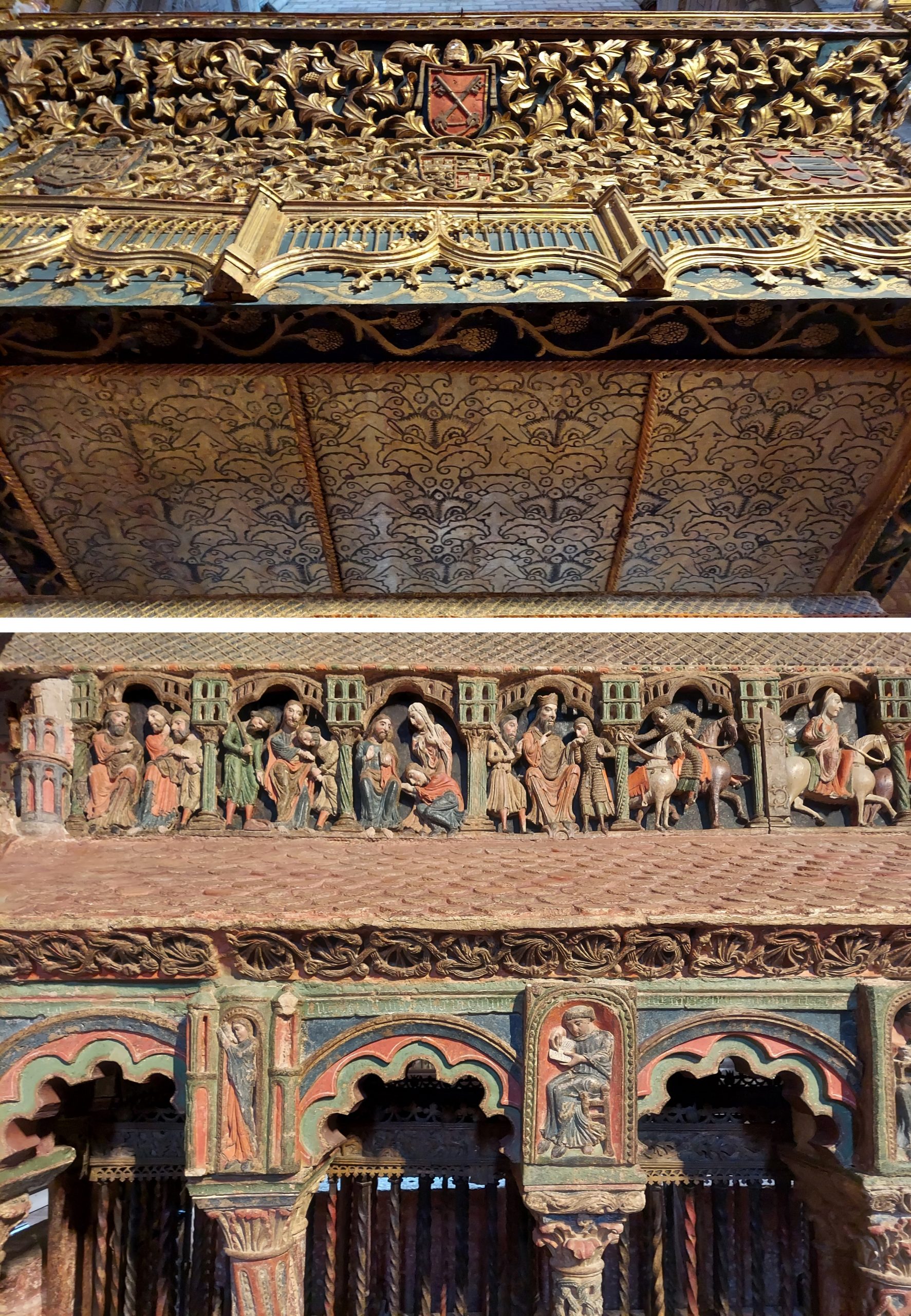
The Cenotaph is in the form of an ark with a triple gabled roof, decorated with scales. The various reliefs depict scenes from the story of the Magi and the martyrdom of the saints themselves. The details of the polychrome reliefs in the wood are extraordinary.
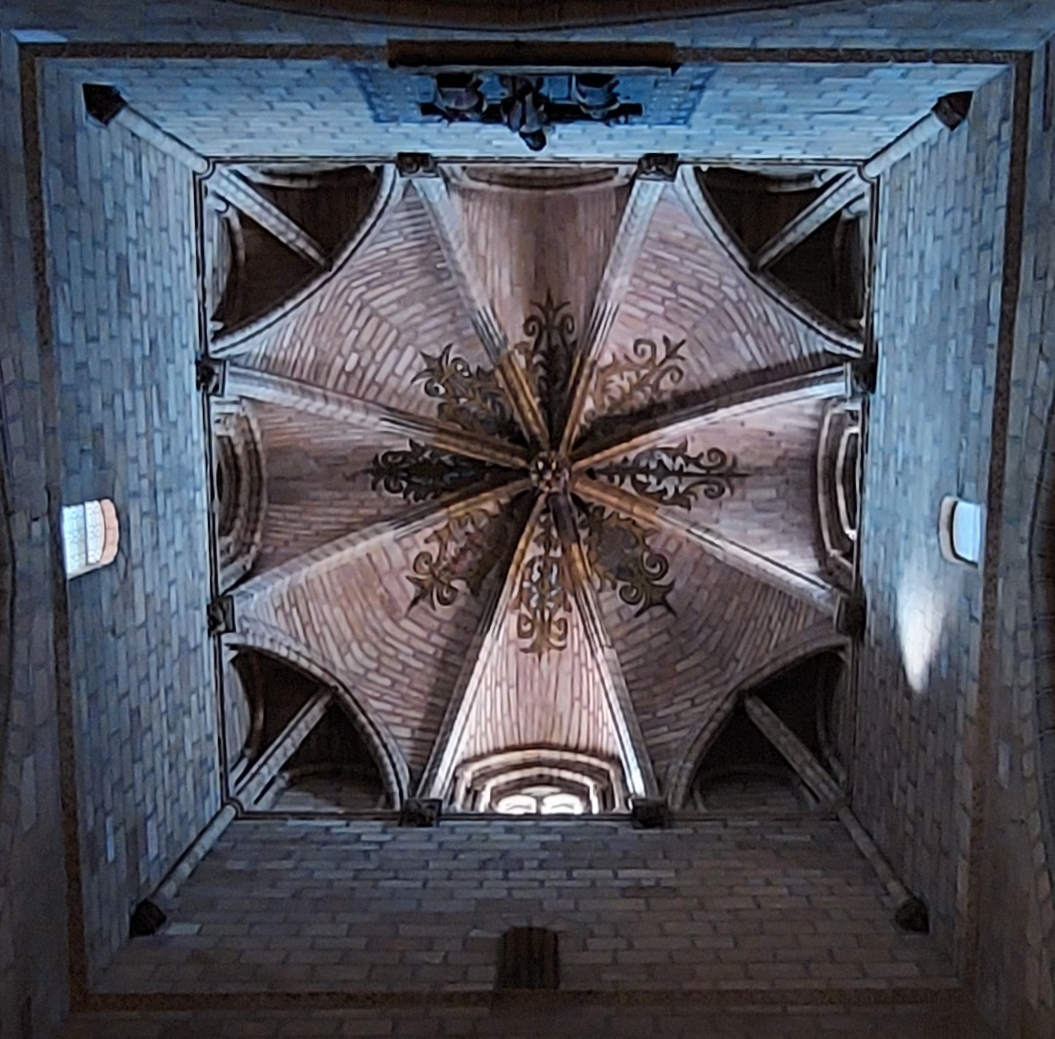
In the middle of the 13th century the dome was covered with an eight-pointed vault. In its center some golden grilles stand out, like a mural painting.
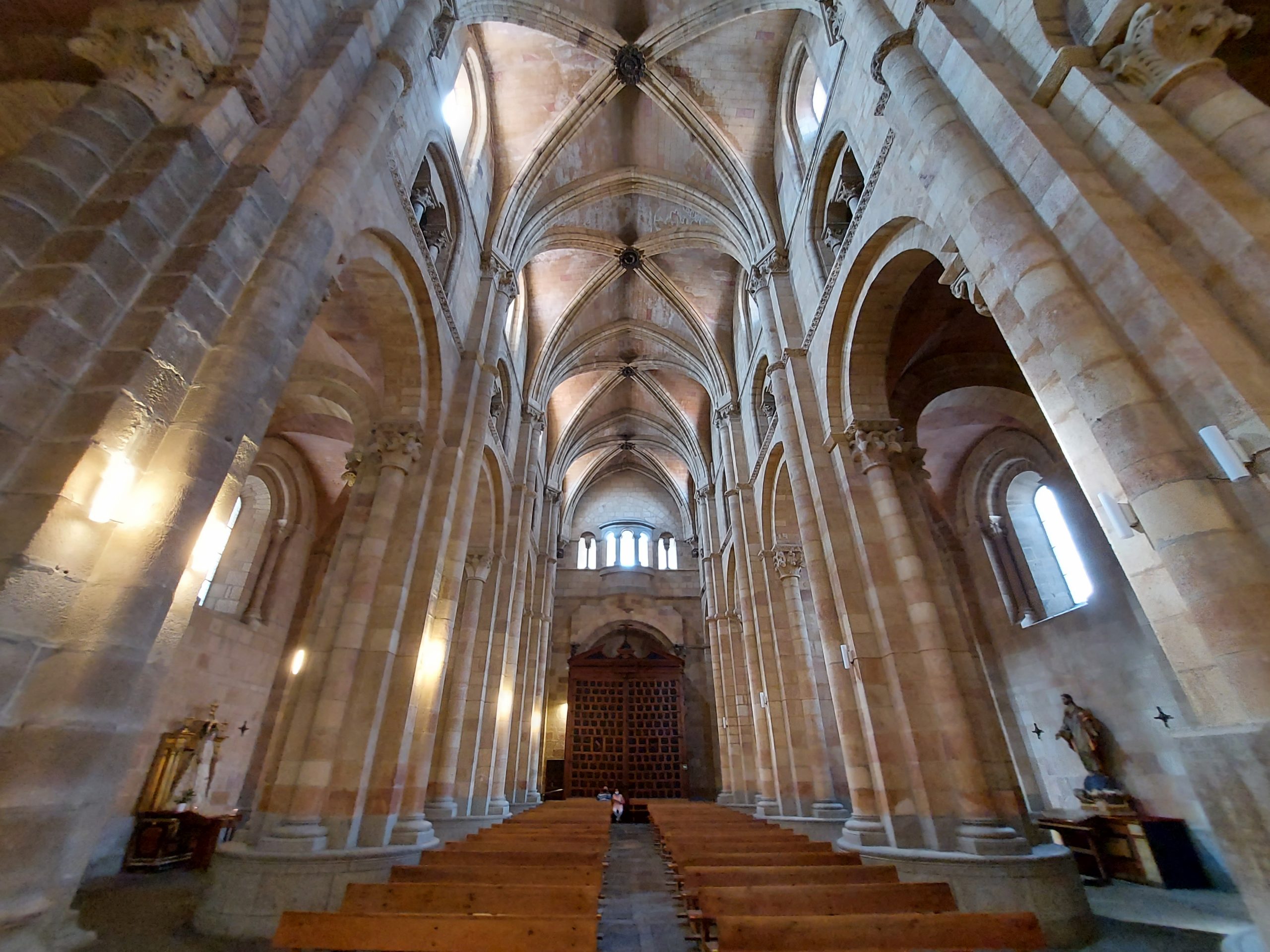
Resources:
- https://es.wikipedia.org/wiki/Bas%C3%ADlica_de_San_Vicente_(%C3%81vila)
- https://www.avilaturismo.com/que-ver/basilica-de-san-vicente
- https://basilicasanvicente.es
